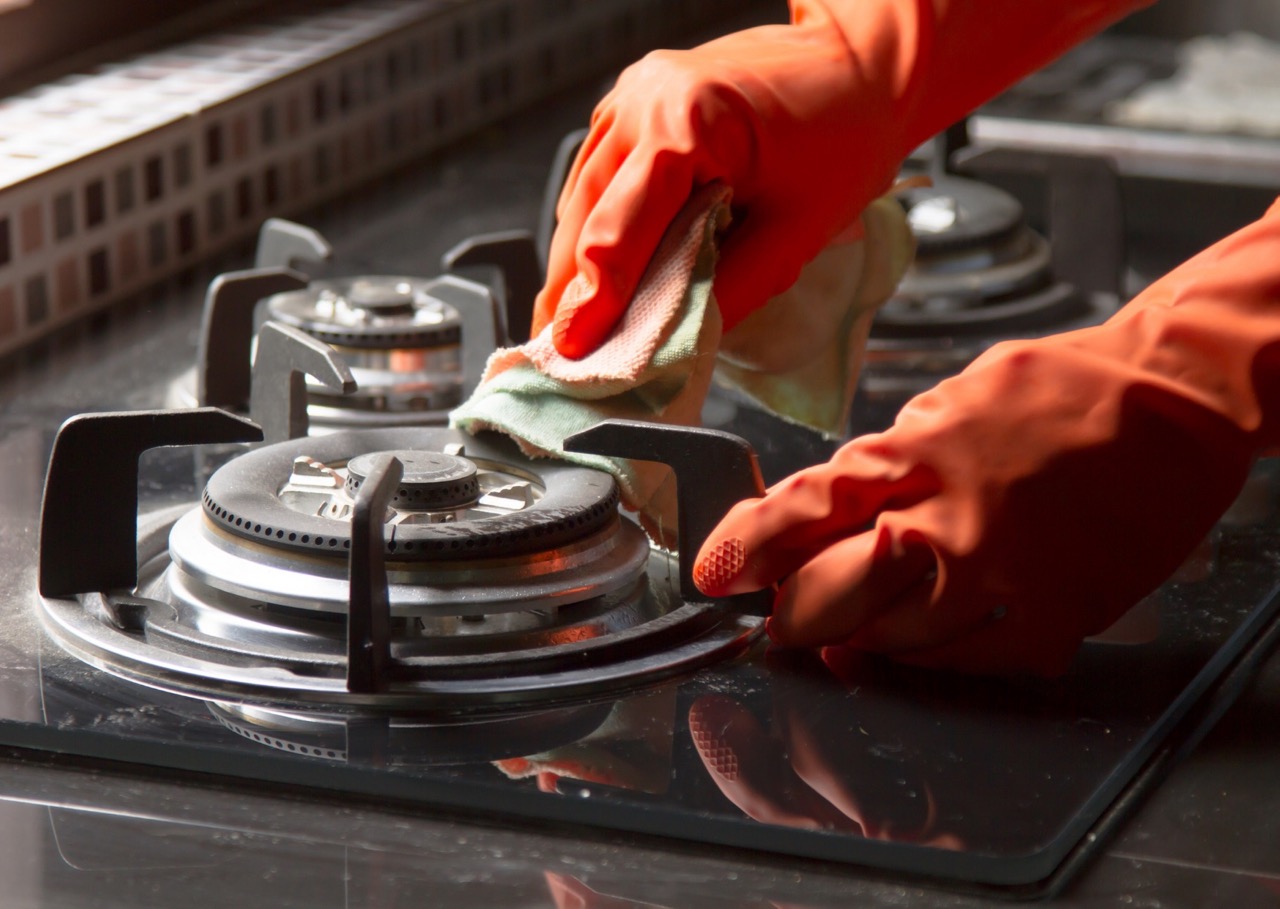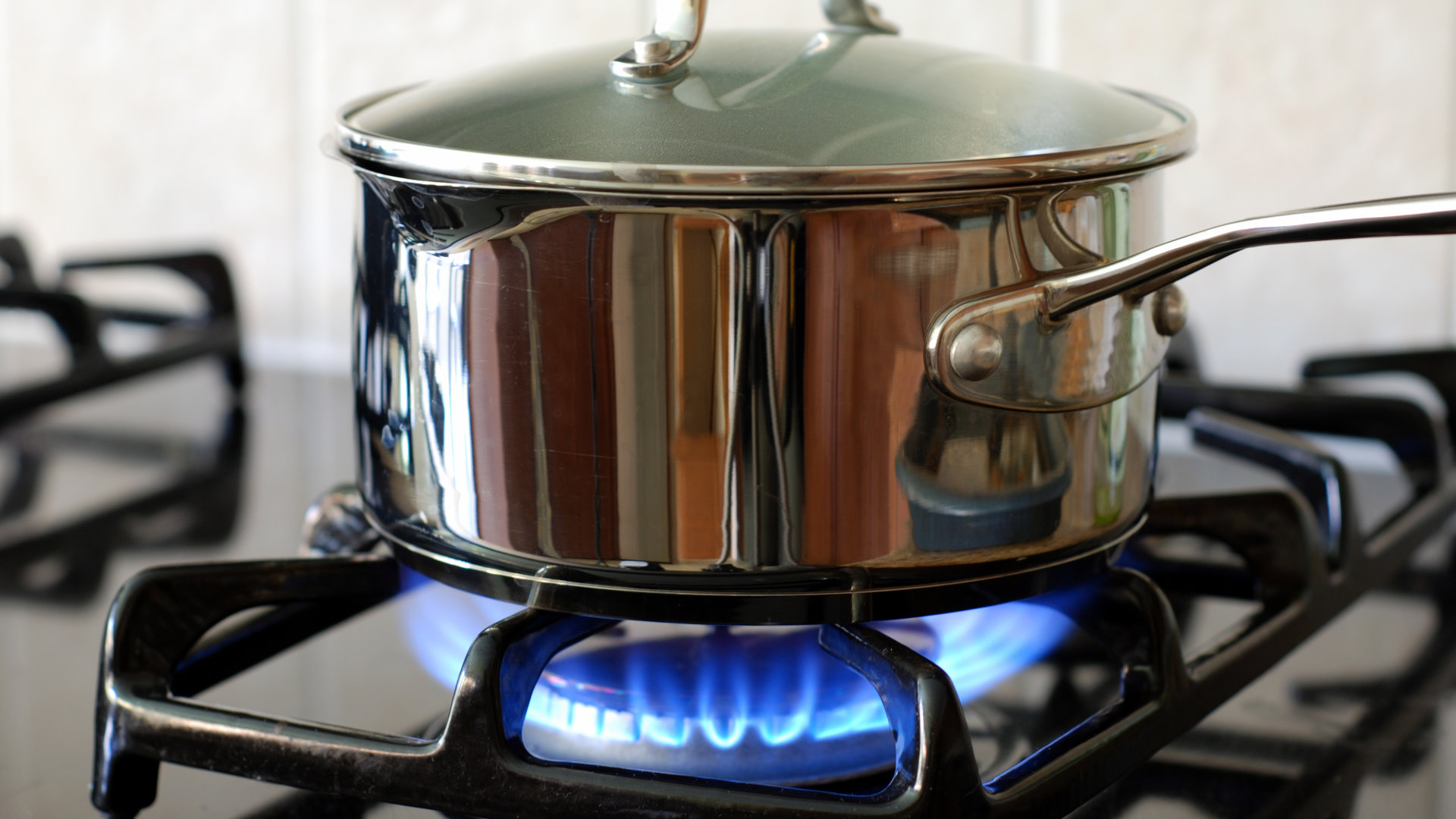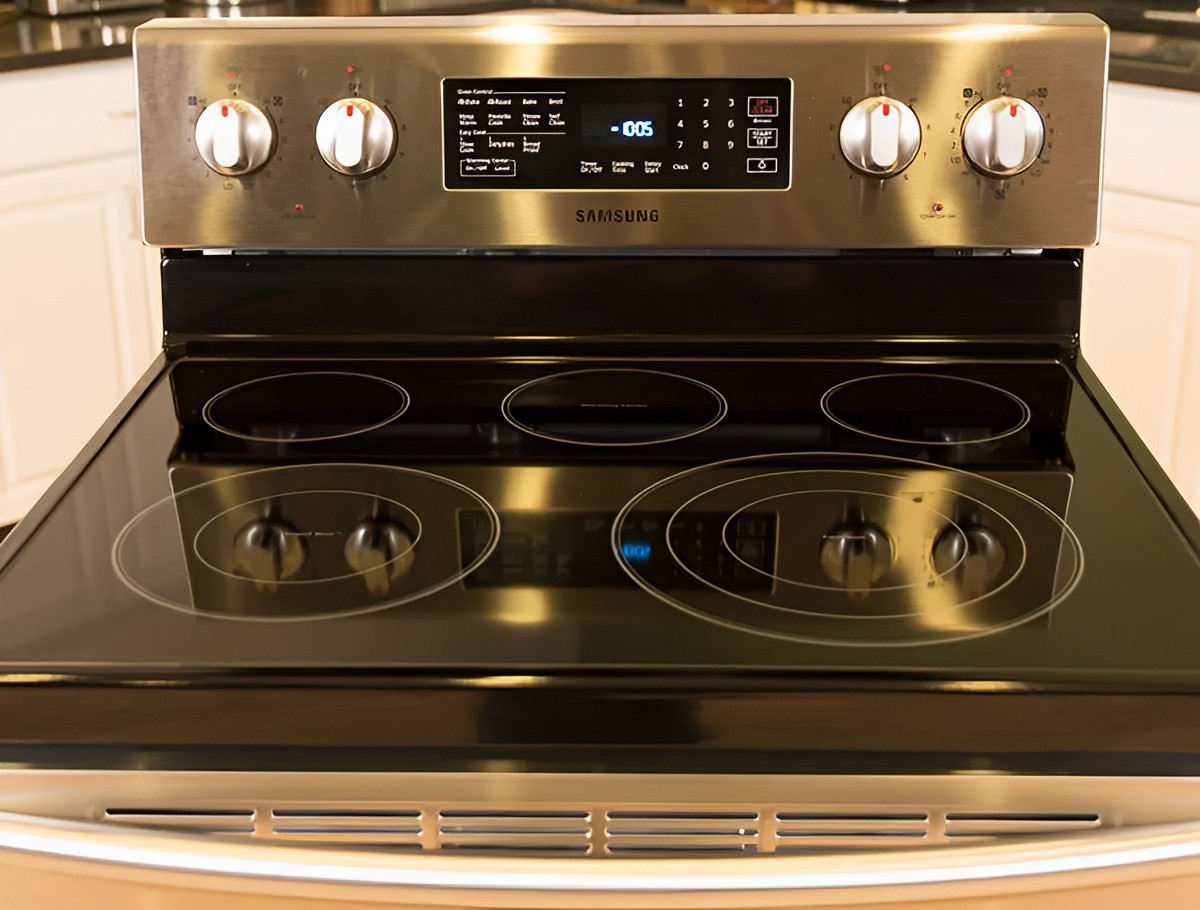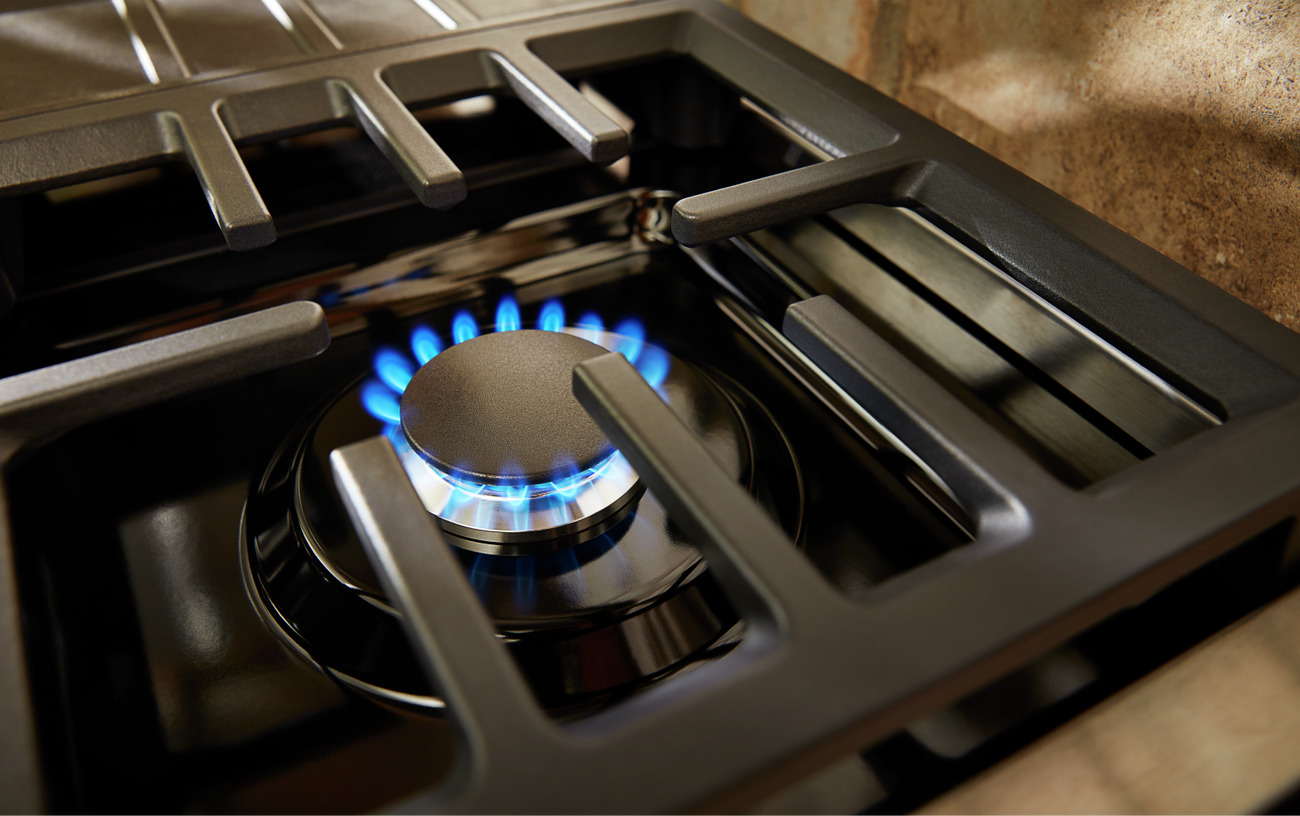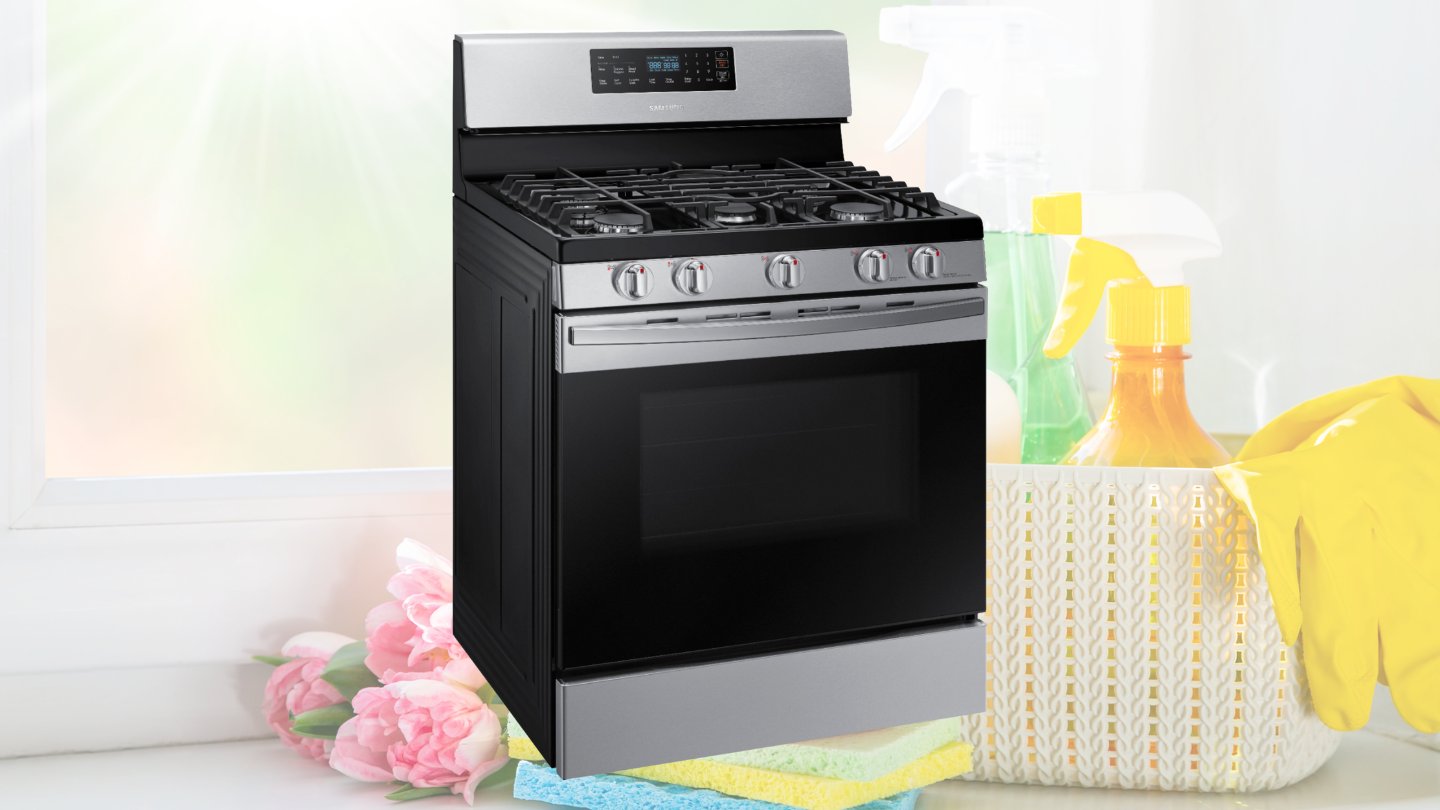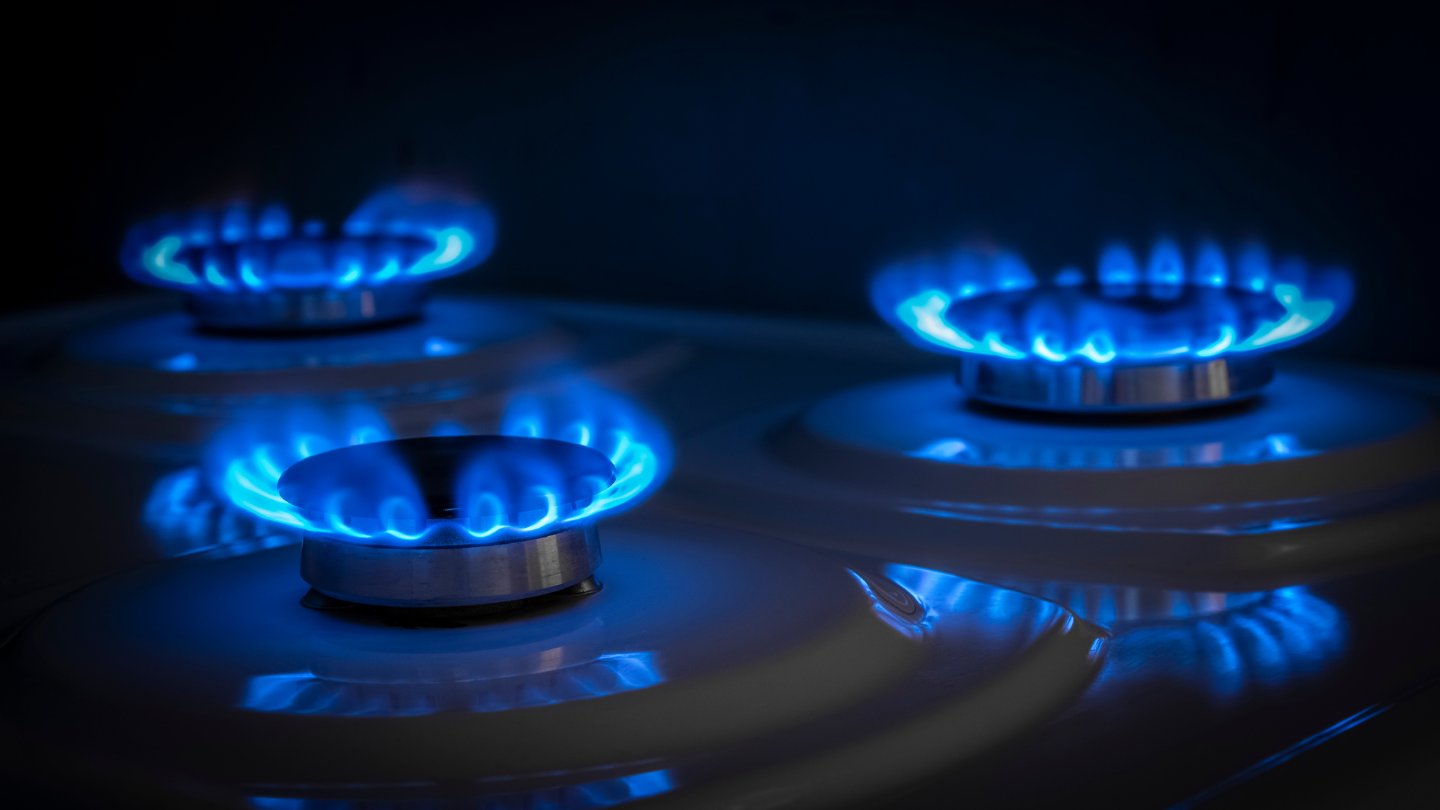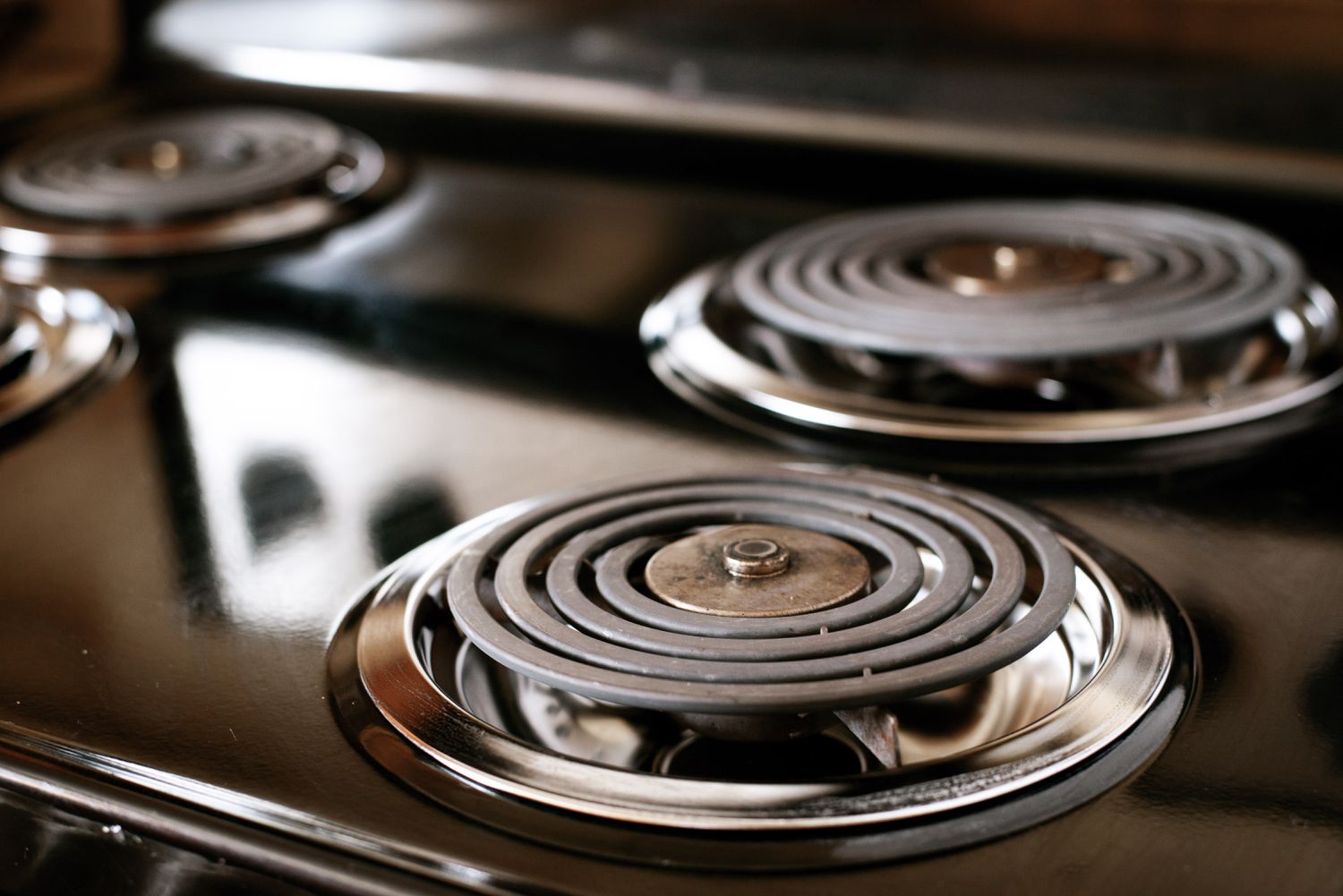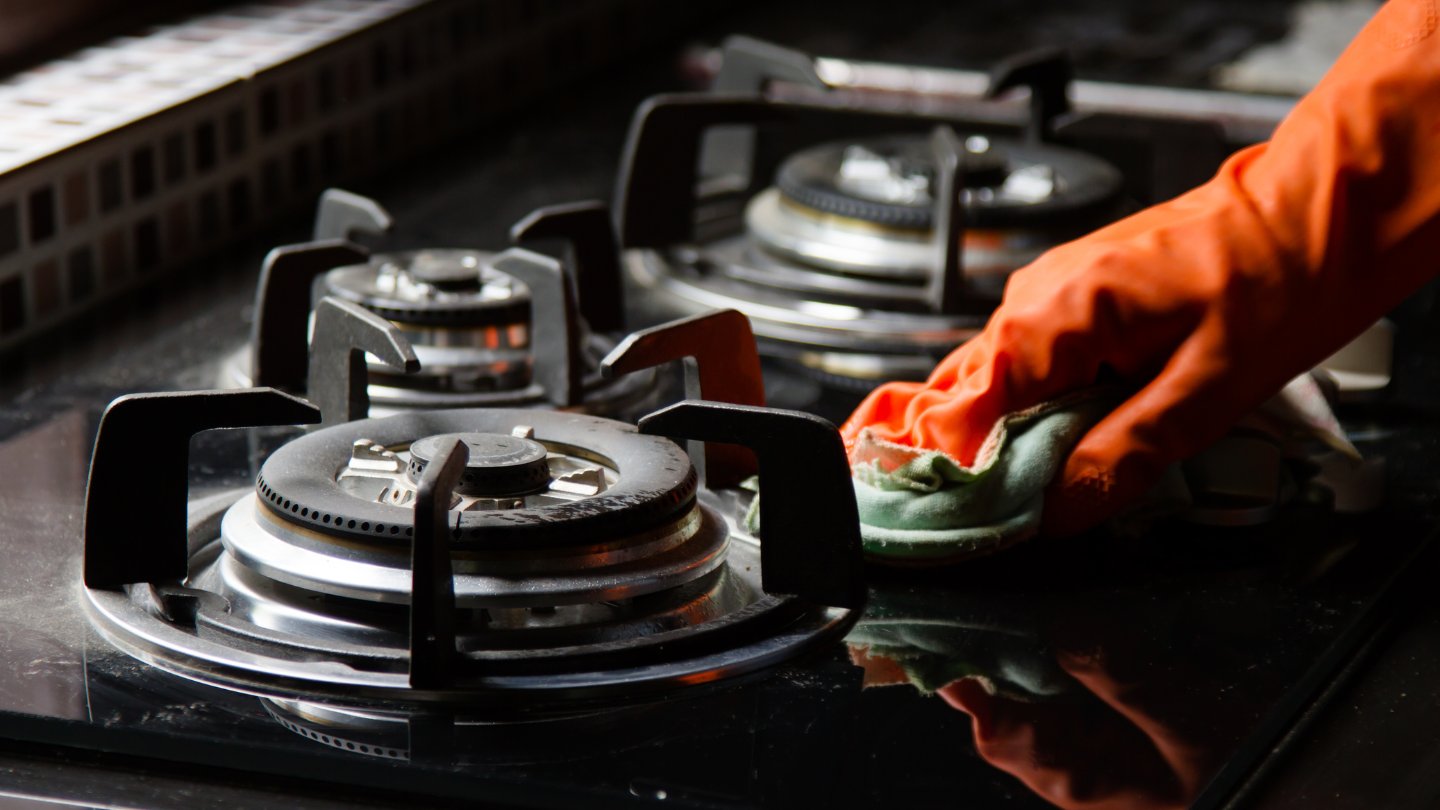Home> Cleaning Stove Burners
Revive Your Stove Burners: Say Goodbye to Stubborn Gunk!
Revive your stove burners and say goodbye to stubborn gunk with our effective cleaning methods. Achieve a spotless and functional stove with our expert tips.
How To Clean Stove Burners And Make Them Pristine And Hygienic
By: Isabella Mitchell • 45 Best Kitchen Storage Ideas You Can't Miss Out On
How Close Should Lighting Be Above Stove Burners
By: Grace Wilson • 100 Best Kitchen Furniture To Make Your Cooking Hassle-Free
How To Fix Samsung Glass Top Stove Burners
By: Alexander Johnson • 100 Best Kitchen Furniture To Make Your Cooking Hassle-Free
How Long Can Stove Burners Work Without Propane
By: Samuel Turner • 100 Best Kitchen Furniture To Make Your Cooking Hassle-Free
How to Get Samsung Gas Stove Burners Clean
By: Olivia Parker • 100 Best Kitchen Furniture To Make Your Cooking Hassle-Free
How Many BTU Should Stove Burners Have
By: Ethan Hayes • 100 Best Kitchen Furniture To Make Your Cooking Hassle-Free
Why Do My Electric Stove Burners Burn Up?
By: Ethan Hayes • 100 Best Kitchen Furniture To Make Your Cooking Hassle-Free
